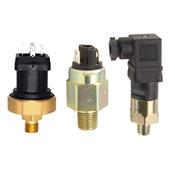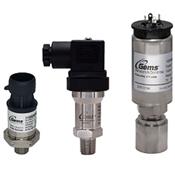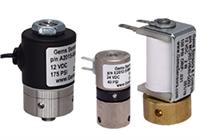Overview of Pressure Controls
Pressure controls are an essential part of any industrial automation or process application. A process or action needs feedback to know what is happening live as it is happening. Without this feedback, an overpressure situation can occur, or lack of lubricating oil can occur, or a lack of correct mixtures can occur.
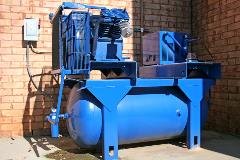
Manufacturing Applications
In a manufacturing application, air might be used to control how much pressure is applied to a pneumatic gripper to ensure that an object is being held in place with enough force to not shift its position. A pressure switch will be used as a Pressure Control to tell the compressor to turn on and off to create more air. If there is no Pressure Control in place, the compressor would run too often, wear out quicker and waste energy.
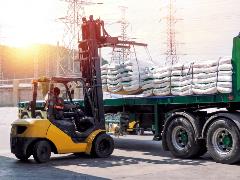
Forklift Applications
A Pressure Sensor monitors how much load is on the forklifts on a forklift. When the load measured on the forklifts is too high for the forklift to lift and maneuver safely, a pressure sensor serves as a Pressure Control to give feedback to the controller. It signals to the operator that it is not a safe load and corrective actions are needed.
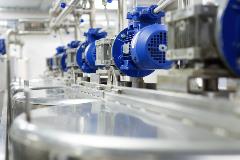
Mixing Applications
A Solenoid Valve can be used as a Pressure Control to create a mixture of different fluids or chemicals used in a process or recipe. Solenoid valves hold back the liquids under pressure from the storage tank. A PLC (or Programmable Logic Controller) can control a solenoid valve to stop holding back the fluids and turn it on for a short period to dispense the correct amount of fluids for a recipe. If the solenoid valve is not controlled correctly, the recipe will be wrong and unfavorable results will be made.
 SEARCH OUR RESOURCE CENTER
SEARCH OUR RESOURCE CENTER

